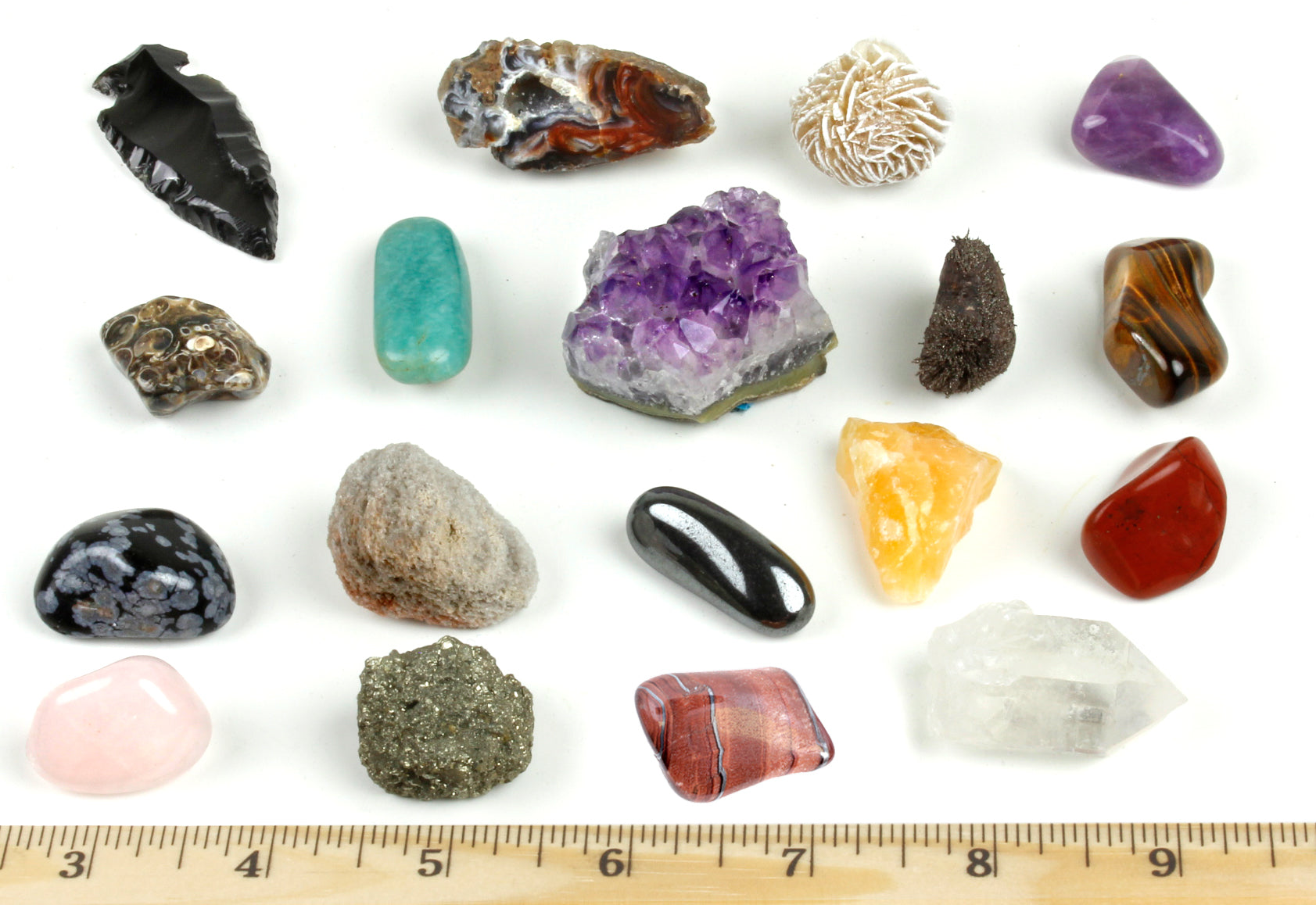Rocks are not just solid masses; they are a treasure trove of minerals that hold valuable insights into the Earth's history and processes. Understanding the composition of rocks and the minerals they contain is crucial for geologists and scientists alike. In this article, we will delve into the fascinating world of rocks and explore the five main minerals that make up their composition.
- Quartz:
Quartz, a mineral belonging to the silicate group, is one of the most abundant minerals found in rocks. Its unique crystalline structure and physical properties make it an essential component of various rock types. Quartz is known for its hardness, transparency, and resistance to weathering. It can be found in igneous, metamorphic, and sedimentary rocks, adding strength and durability to formations such as granite and sandstone. - Feldspar:
Feldspar, another significant mineral group, comprises approximately 60% of the Earth's crust. This versatile mineral is divided into two main types: potassium feldspar and plagioclase feldspar. Feldspar is commonly found in igneous rocks and plays a crucial role in their formation. It imparts different colors and textures to rocks, contributing to their aesthetic appeal. Additionally, feldspar's ability to undergo chemical weathering influences the soil composition and fertility. - Mica:
Mica, a group of sheet silicate minerals, is renowned for its exceptional cleavage and electrical insulating properties. It is commonly found in metamorphic rocks, such as schist and gneiss. Mica minerals, including muscovite and biotite, give rocks a distinctive shimmering appearance due to their reflective nature. Beyond their visual appeal, mica minerals have industrial applications in electrical insulation, cosmetics, and lubricants. - Calcite:
Calcite, a carbonate mineral, is a vital component of sedimentary rocks, particularly limestone and marble. Its formation is often associated with the remains of marine organisms and the precipitation of calcium carbonate from water. Calcite exhibits remarkable optical properties, such as double refraction, making it valuable in the production of optical instruments. Additionally, its reaction to acid serves as a diagnostic test for identifying rocks and minerals. - Olivine:
Olivine, a magnesium-iron silicate, is a common mineral in igneous rocks, particularly basalt. Its distinctive green color and glassy appearance make it easily recognizable. Olivine's presence in rocks indicates their origin from deep within the Earth's mantle. This mineral has high melting and crystallization temperatures, providing insights into the processes occurring beneath the Earth's surface. Olivine also has industrial applications, including its use as a refractory material and in the production of magnesium.
Conclusion:
The world of rocks is a fascinating realm where minerals shape the Earth's landscape and provide valuable clues about its history. Understanding the five main minerals in rocks – quartz, feldspar, mica, calcite, and olivine – allows us to unravel the mysteries of geological processes and appreciate the beauty and functionality of these formations. By exploring the composition of rocks, we gain a deeper understanding of our planet's past and present.

